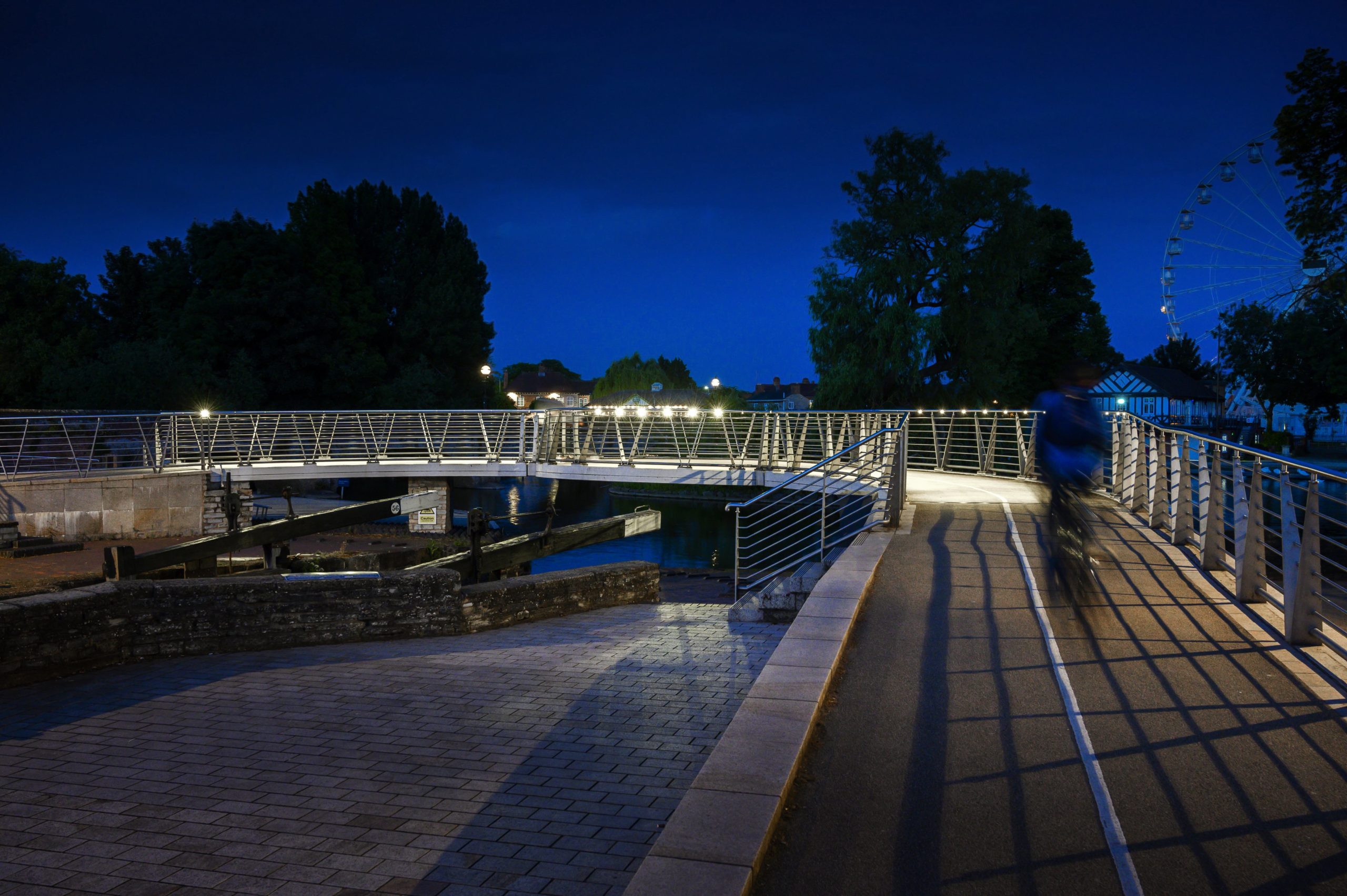Innovative Parking Lot Lighting Solutions for Enhanced Safety and Energy Efficiency
 Innovative parking lot lighting is crucial for enhancing safety and energy efficiency in urban environments. According to the Department of Energy, effective outdoor lighting can achieve energy savings of up to 30% with the adoption of LED technology, which is becoming the standard in the industry. In the United States, illuminated parking lots significantly reduce crime rates; studies have shown that well-lit areas can lead to a 20-50% decrease in criminal incidents. As cities strive to enhance public safety while minimizing environmental impact, new lighting solutions that combine smart technology with sustainable practices are gaining traction. This article explores the latest innovations in parking lot lighting that not only improve visibility and security but also contribute to significant energy savings, paving the way for safer and more efficient urban spaces.
Innovative parking lot lighting is crucial for enhancing safety and energy efficiency in urban environments. According to the Department of Energy, effective outdoor lighting can achieve energy savings of up to 30% with the adoption of LED technology, which is becoming the standard in the industry. In the United States, illuminated parking lots significantly reduce crime rates; studies have shown that well-lit areas can lead to a 20-50% decrease in criminal incidents. As cities strive to enhance public safety while minimizing environmental impact, new lighting solutions that combine smart technology with sustainable practices are gaining traction. This article explores the latest innovations in parking lot lighting that not only improve visibility and security but also contribute to significant energy savings, paving the way for safer and more efficient urban spaces.
Identifying the Key Features of Modern Parking Lot Lighting Solutions
Modern parking lot lighting solutions have evolved significantly, focusing on safety and energy efficiency. Key features of today’s lighting systems include LED technology, smart controls, and solar power integration. According to a report by the U.S. Department of Energy, LED lighting can consume up to 75% less energy than traditional incandescent lights, resulting in substantial cost savings and a reduced carbon footprint for businesses.
Moreover, the addition of smart controls, such as motion sensors and dimming capabilities, enhances safety by providing illumination only when needed. A study published in the Journal of Urban Planning indicates that well-lit parking areas can decrease crime rates by up to 30%, offering peace of mind to users. Additionally, solar-powered solutions are gaining traction, as they rely on renewable energy, further enhancing the sustainability of parking facilities.
Tips: When considering modern lighting solutions, prioritize systems that offer adaptive lighting capabilities and ensure compliance with local regulations regarding light pollution. Regular maintenance of lighting fixtures is also essential to maintain efficiency and prevent safety hazards. Lastly, engaging with a professional lighting designer can optimize layouts for maximum visibility and energy savings.
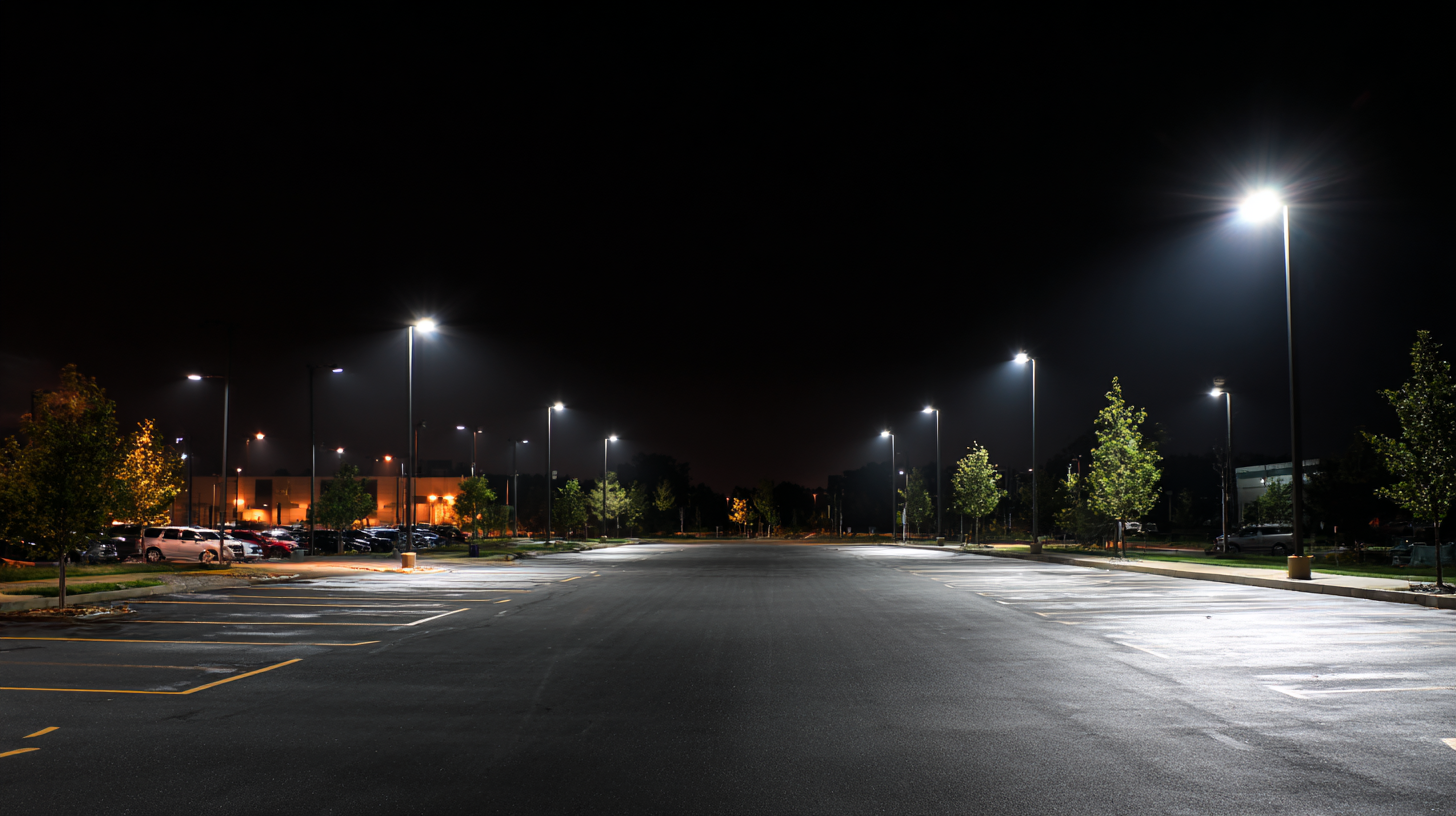
Assessing Energy-Efficient Lighting Technologies for Parking Lots
The implementation of energy-efficient lighting technologies in parking lots plays a crucial role in enhancing safety and reducing operational costs. Traditional lighting systems, such as high-pressure sodium lamps, consume significant amounts of energy and can lead to increased carbon emissions. On the other hand, innovative alternatives like LED lighting offer substantial energy savings, lasting up to 25 times longer and using up to 75% less energy. These advancements not only lower electricity bills but also contribute to a more sustainable future.
In addition to energy efficiency, the newer lighting technologies improve visibility and safety for users. LEDs provide brighter, more uniform illumination, reducing dark spots and enhancing the overall security of parking areas. Some systems are equipped with motion sensors and smart controls, enabling lights to adjust based on the presence of vehicles or pedestrians, further optimizing energy use. The integration of new lighting solutions not only addresses environmental concerns but also fosters a safer and more welcoming environment for parkers, making innovative lighting an essential consideration for modern parking lot designs.
Innovative Parking Lot Lighting Solutions
This chart illustrates the energy efficiency and safety impact of various lighting technologies used in parking lots. The data represents the average energy consumption (in kWh per month) and their corresponding safety ratings (on a scale of 1 to 10) for different types of lighting solutions.
Implementing Smart Lighting Systems to Enhance Safety and Security
The implementation of smart lighting systems in parking lots significantly enhances safety and security for users. These advanced lighting solutions utilize sensors and smart technology to adapt to real-time conditions. For instance, motion sensors can detect the presence of pedestrians and vehicles, automatically adjusting the brightness of the lights to improve visibility when movement is detected. This proactive approach not only deters potential criminal activity but also ensures that the environment feels safer for users, especially during nighttime.
Moreover, smart lighting systems contribute to energy efficiency by using LED lights that consume less power than traditional bulbs. They can also be programmed to dim or turn off when no motion is detected, further reducing energy waste. This dual benefit of enhanced safety and energy conservation makes smart lighting an ideal choice for modern parking facilities. As these technologies continue to evolve, the potential for integrating additional features such as real-time monitoring through apps becomes increasingly feasible, allowing both operators and users to stay informed and secure in their environments.
Innovative Parking Lot Lighting Solutions for Enhanced Safety and Energy Efficiency
| Lighting System | Energy Consumption (W) | Lumen Output (lm) | Expected Lifespan (Years) | Safety Features | Smart Features |
|---|---|---|---|---|---|
| LED Street Light | 40 | 4000 | 15 | Motion Sensors | Remote Monitoring |
| Solar-Powered Light | 30 | 3500 | 20 | Automatic Dimming | Data Analytics |
| Smart LED with Sensor | 50 | 5000 | 12 | Emergency Alerts | Mobile App Control |
| Adaptive Lighting System | 60 | 6000 | 10 | Real-time Monitoring | Integration with Security Systems |
Best Practices for Parking Lot Lighting Design and Layout
When designing parking lot lighting, the layout and placement of fixtures play a crucial role in enhancing both safety and energy efficiency. According to the Illuminating Engineering Society (IES), the recommended illuminance levels for parking lots should range from 1 to 2 foot-candles, depending on the area’s use and duration of parking. This ensures adequate visibility for drivers and pedestrians, significantly reducing the risk of accidents and crime. Additionally, strategic placement of lights can minimize light pollution while maximizing coverage, which can be achieved by using fewer fixtures; a study by the National Electric Manufacturers Association (NEMA) suggests that LED lights can reduce the number of required fixtures by up to 30% compared to traditional lighting options.
Incorporating smart lighting technologies, such as motion sensors and adaptive lighting controls, enhances the efficiency of parking lot lighting systems. A report from the U.S. Department of Energy (DOE) indicates that adaptive lighting can reduce energy consumption by 30-50% in parking lots where traffic levels fluctuate throughout the day. Furthermore, using LED fixtures not only lowers energy costs but also has a longer lifespan compared to conventional bulbs, reducing maintenance and replacement frequency. These best practices not only ensure a safer environment for users but also promote energy sustainability for modern urban landscapes.
Evaluating the Cost-Effectiveness of Innovative Parking Lot Lighting Options
In recent years, innovative parking lot lighting solutions have gained significant attention for their ability to enhance safety and boost energy efficiency. A key metric in evaluating the cost-effectiveness of these lighting options is the reduction in energy consumption. According to the U.S. Department of Energy, LED lights can save approximately 75% more energy compared to traditional incandescent bulbs. This not only lowers operational costs but also contributes to reduced carbon emissions, aligning with sustainability goals increasingly adopted by municipalities and businesses alike.
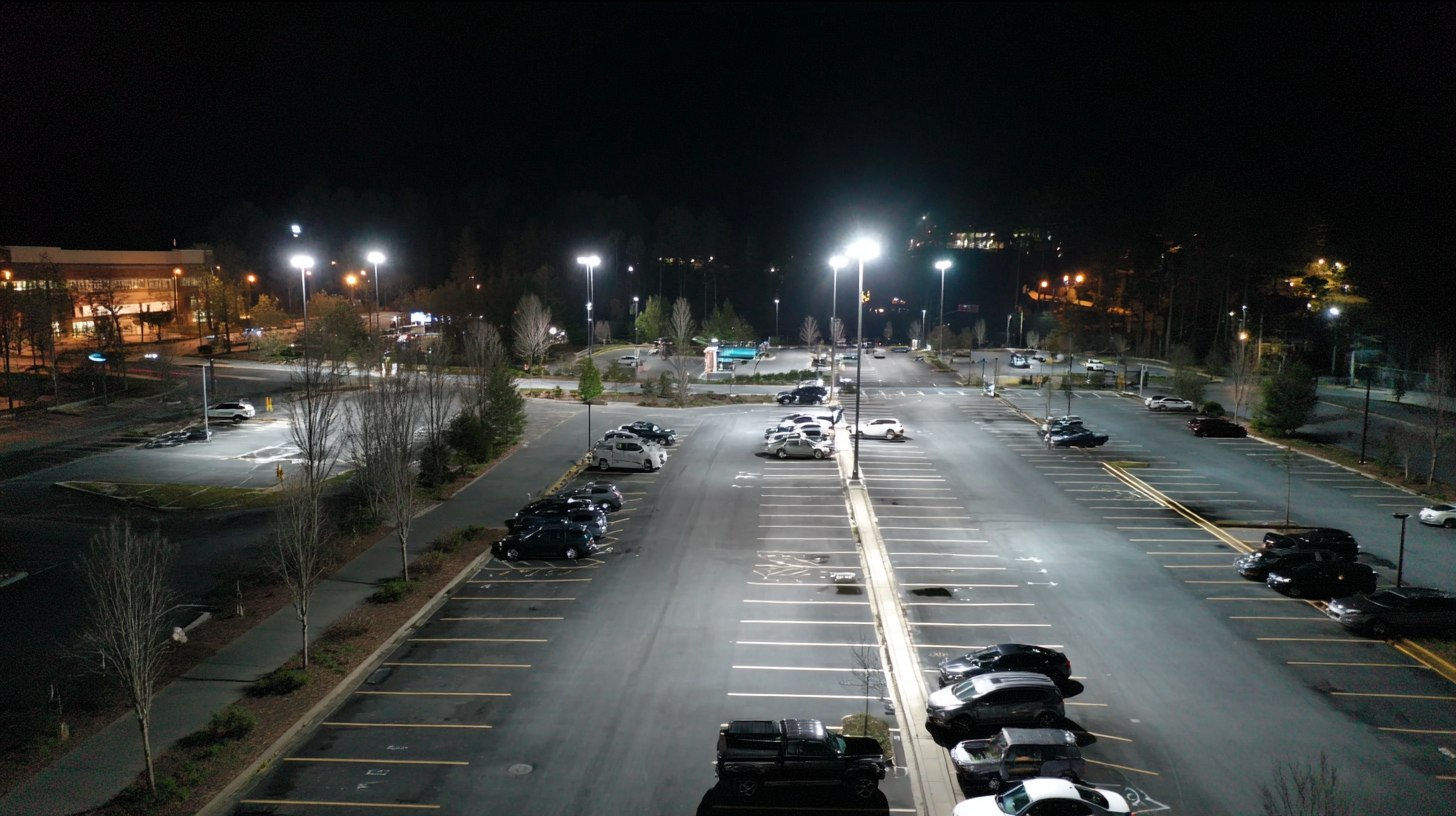
Moreover, the initial investment in cutting-edge lighting systems, such as smart lighting controls combined with energy-efficient technologies, can yield substantial returns over time. The Energy Information Administration reports that the average cost savings from LED installations can lead to a payback period of 2-5 years, depending on usage patterns and local electricity rates. Additionally, enhanced lighting quality can significantly reduce crime rates in parking areas, with a study by the International Association of Chiefs of Police indicating a correlation between improved lighting and a decrease in nighttime incidents by as much as 30%. These findings underscore the importance of considering both cost savings and safety advantages when assessing the overall value of innovative parking lot lighting solutions.
Related Posts
-

Understanding the Different Types of Parking Lot Lighting Solutions
-
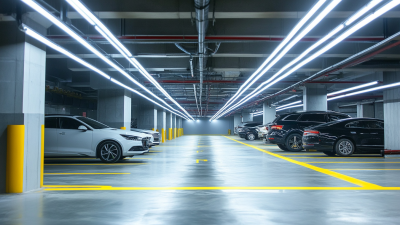
Illuminate Your Premises with Advanced Parking Lot Lighting Solutions for Global Buyers
-

Elevate Your Space with Unique Contemporary Lighting Solutions for Global Buyers
-

Understanding the Cost Benefits of Contemporary Lighting Repairs while Enhancing Customer Service Experience
-
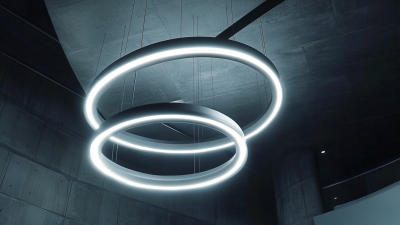
Exploring the Future of Contemporary Lighting at the 137th Canton Fair in Guangzhou
-

Top Strategies for Enhancing Safety with Best Parking Lot Lighting Solutions
